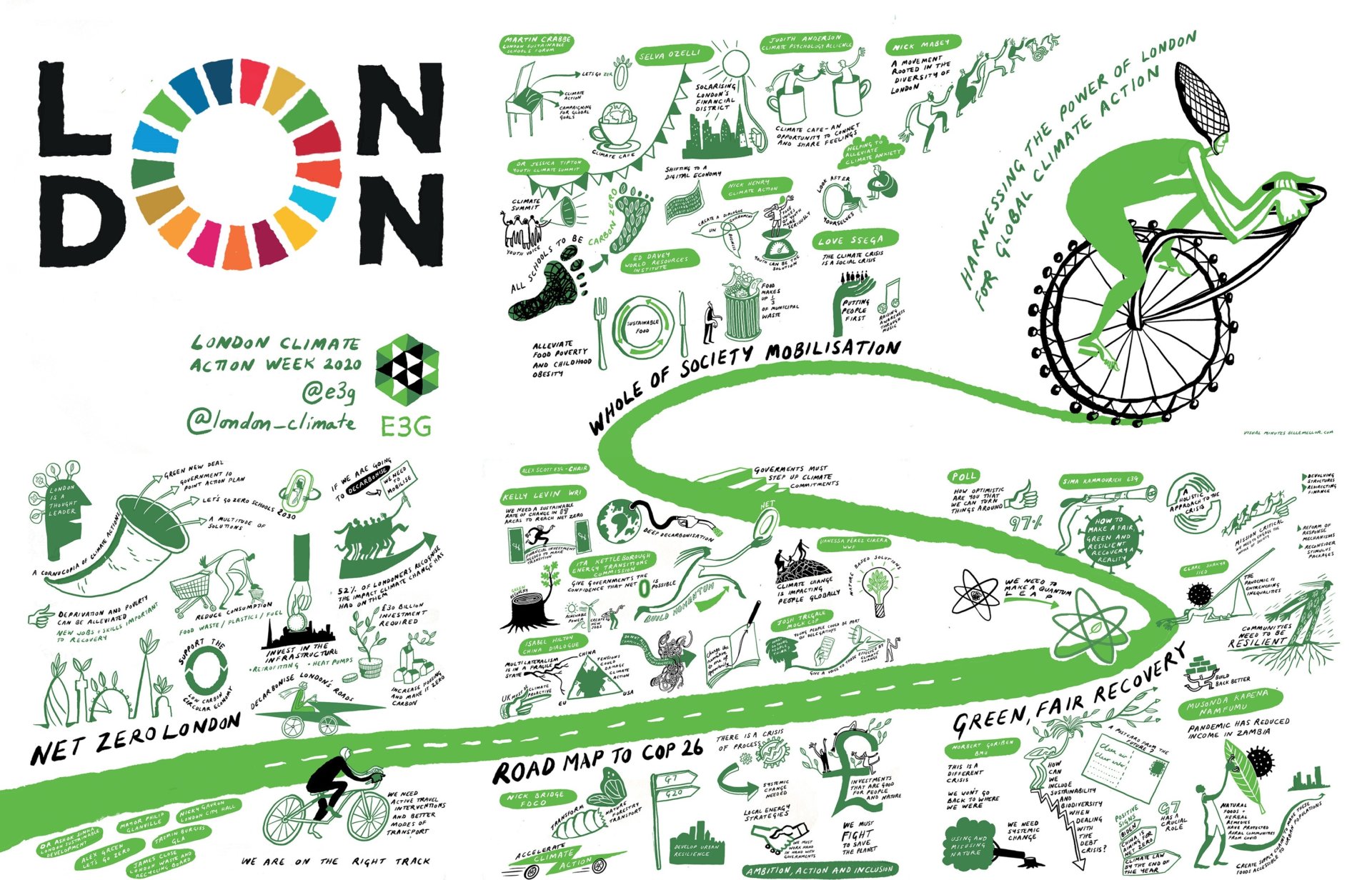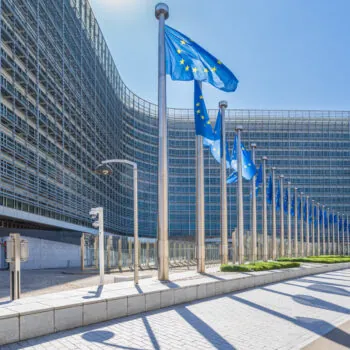There’s less than a year until the COP26 climate summit. What does the roadmap to Glasgow look like in a world turned upside down by COVID-19?
That was the question on everyone’s minds during London Climate Action Week (14-20 November). Over 60 events under the theme of ‘Roadmap to COP26’ aimed to decipher what the key outcomes must be in the 12 months between now and November 2021 – and how to deliver them – in order for COP26 to deliver the step forward on climate action that the science and people demand.
As we’d discussed in previous blogs, there are certain key outcomes that COP26 must achieve if it is to be a success. It’s clear that this falls into two categories – the what (in other words, the policies to drive climate action) and the how (that is, the politics that can enable it).
The What: policies
The ‘State of Climate Action’ report, launched during LCAW, showed that to get on track for the emission cuts required by 2030 we will need as much as $3.8 trillion per year to transform the energy system, including phasing out coal five times faster and accelerating the uptake of electric vehicles 22 times faster.
It’s clear there’s a long way to go. The Presidency took the lead on this during LCAW, helping clarify what the UK sees as the path to COP26 with their ‘COP of Coffee’ events that set out their key campaigns over the next year. Our visual minute taker captured a picture of the UK’s diplomatic and advocacy priorities shared over LCAW events:
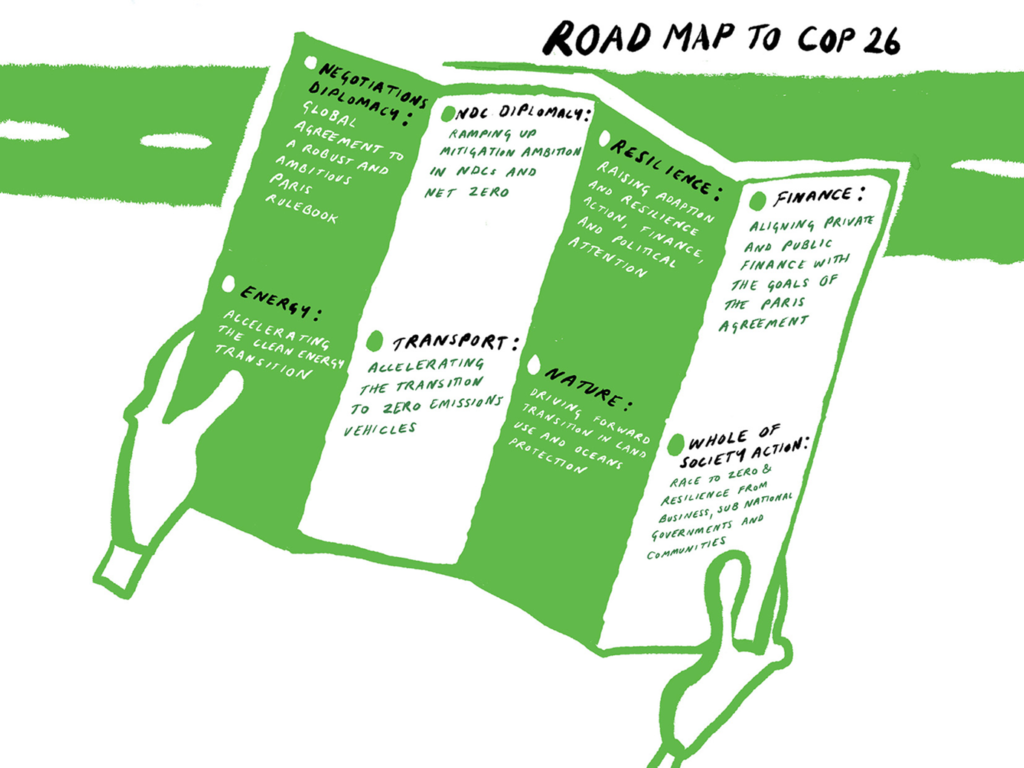
But while there’s been some progress on areas including the energy transition and the uptake of electric vehicles, it’s clear there’s been insufficient progress on critical issues including climate finance (as evidenced in a recent report from the OECD), and adaptation and resilience.
All eyes now look to countries at the Climate Ambition Summit, hosted by the UK COP26 Presidency and the UN on the 12th December, where fresh progress on climate action is expected. Countries have the chance to deliver NDCs, long-term strategies, climate finance and adaptation commitments that start to close these gaps and build a sense of momentum into 2021.
The How: politics
Success at COP26 will depend on global politics. Several events during LCAW depicted a grim picture of geopolitical tensions, dominated by a lack of cooperation during the COVID-19 crisis. Nevertheless, the election of Joe Biden brings promise of a more assertive USA and could put climate action as the backbone for greater global cooperation between world powers.
A key priority, highlighted throughout LCAW, is debt relief and recovery financing support as part of green and inclusive economic recoveries, to address the burgeoning global debt crisis whilst creating fiscal space for climate action in developing countries.
So too is the potential to use a Biden White House to drive ambitious standards with China and the EU in the areas of green finance and trade, that could see transformational climate action across the globe.
Many discussions centred on the heightened prominence afforded to the concept of resilience, particularly given how COVID-19 has exposed the nature-health nexus. Now is the time to seize this opportunity to hardwire resilience into the architecture of global governance.
While these outcomes in themselves aren’t necessarily elements of success to be assessed on the stage at Glasgow next November, bringing them together along the way can set the right enabling conditions for success at COP26.
Building a more geopolitical roadmap to COP26
The challenge for next year is to weave these two strands – the policies and the politics – together:
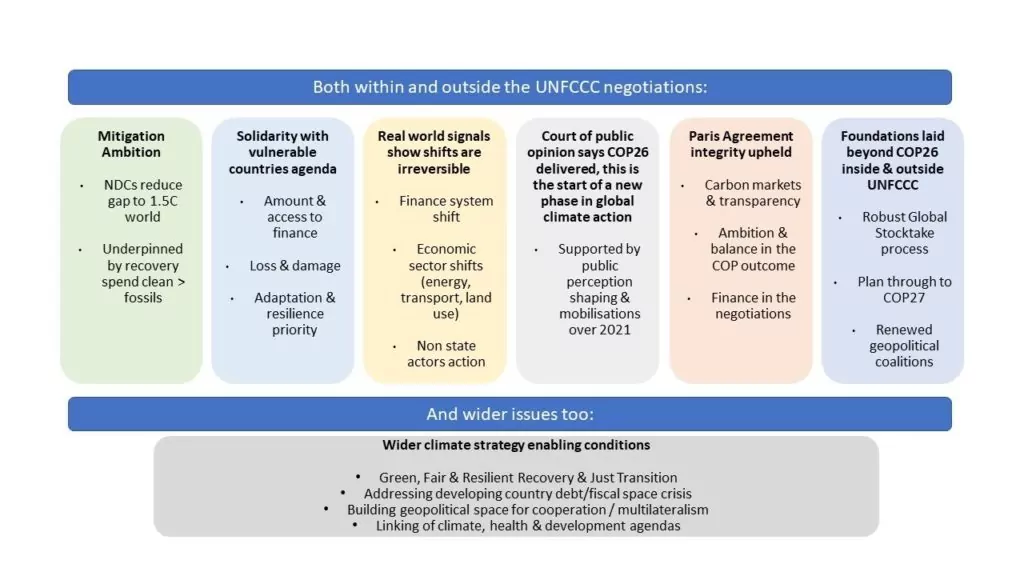
What are the key outcomes for COP26?
The LCAW Roadmap to COP26 closing event aimed to construct its own Roadmap to COP26, synthesising a collective view of what the path to success at Glasgow looks like. Aided by a Jamboard, the event was able to map out some key conclusions.
Firstly, the importance of COP 26 itself in shaping climate action has fallen. Many of the determinants of country ambition will now be driven through the success or failure of COVID economic response.
As such, COP26 becomes part of a wider agenda for driving global cooperation and reform. With the UK and Italy sharing the G7, G20, and COP26 Presidencies in 2021, the climate agenda can become a golden thread shaping cooperation despite geopolitical tensions by prioritising solidarity and green resilient, fair recoveries.
Weaving a golden thread of climate cooperation throughout 2021

It also means climate actors must rise to the challenge of using economic recoveries from COVID-19 to enact green policies and deliver debt relief to developing countries to unlock greater climate action. Venues like the World Bank and the IMF will be as critical to climate action next year as more traditional spaces for climate diplomacy, such as the UNFCCC.
Taking a more acutely geopolitical approach to climate diplomacy also entails building solidarity with climate vulnerable countries. Our closing event pointed to a way forward in profiling Mock COP, a youth summit which began during the final days of LCAW, at which the traditional political dynamics of climate talks have been inverted, with far greater space for Global South voices. It’s clear that the real COP26 could learn a lot from youth voices, and more broadly the importance of ‘whole of society’ engagement to the success of COP26 came through loud and clear – as recently emphasised by a UK Parliament select committee report.
The year ahead
The LCAW community is now in the process of building momentum towards next year. Over the next few months, LCAW will be gathering key lessons from this week and turning them into a set of priorities for COP26. Come LCAW 2021 next summer, we’ll take stock of the progress we’ve made on the Road to COP26 – and see what more needs to be done in the final half of 2021 that will secure success in Glasgow. We look forward to seeing you there.
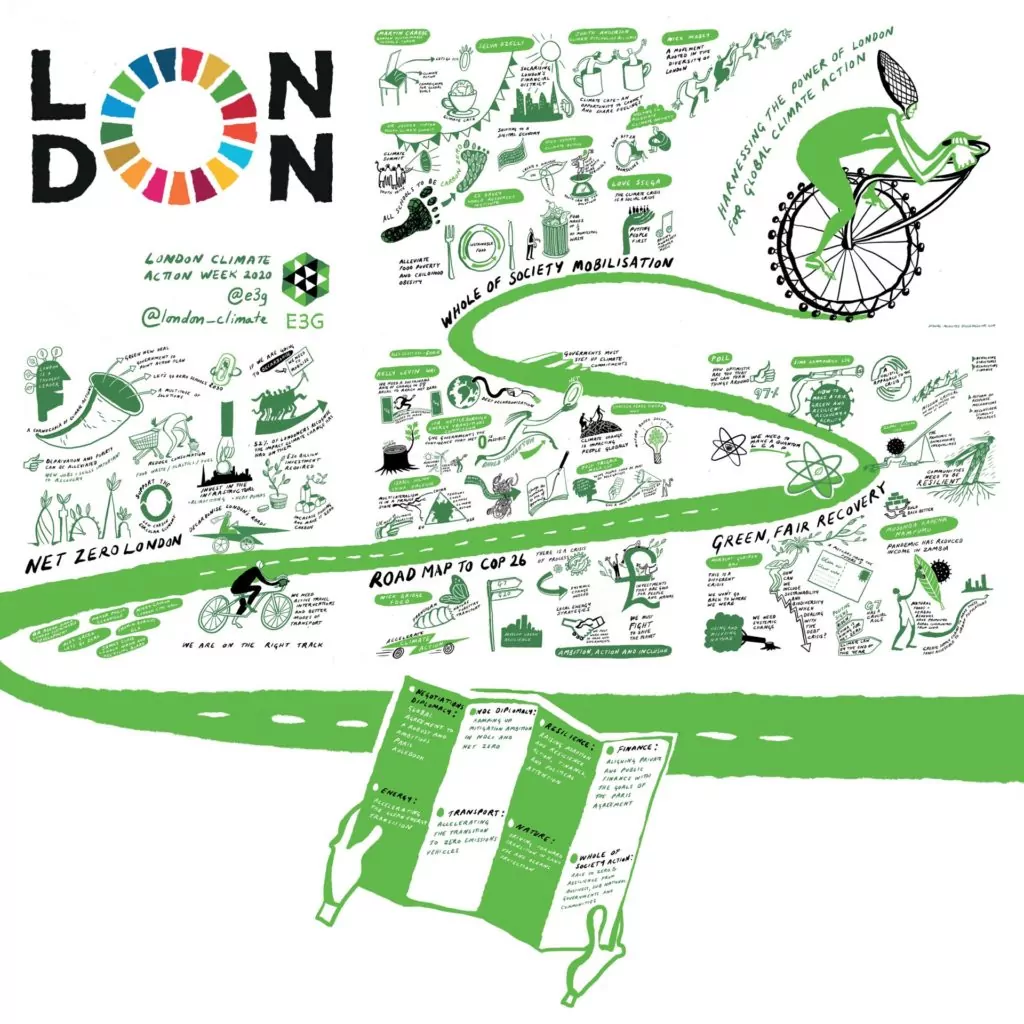
We would like to extend a big thank you to Belle Mellor for her wonderful illustrations. Check out more of her work here.
